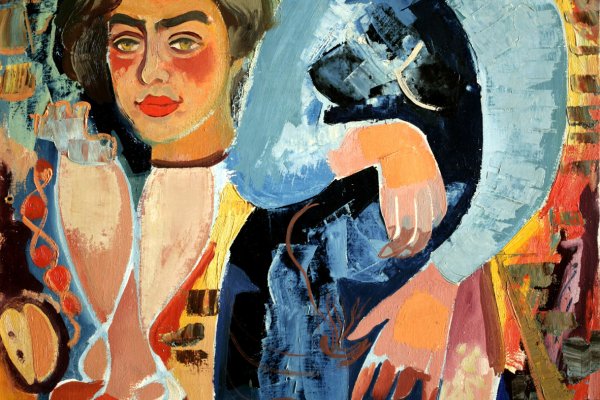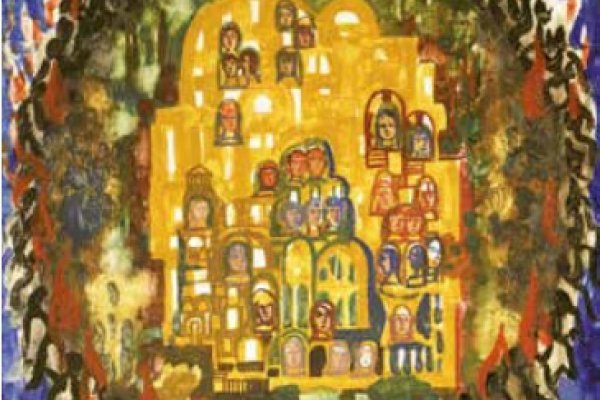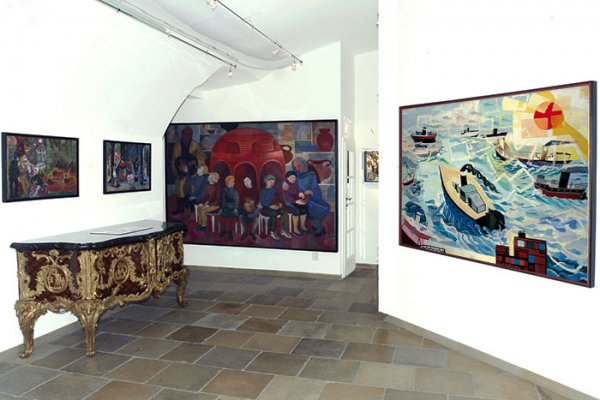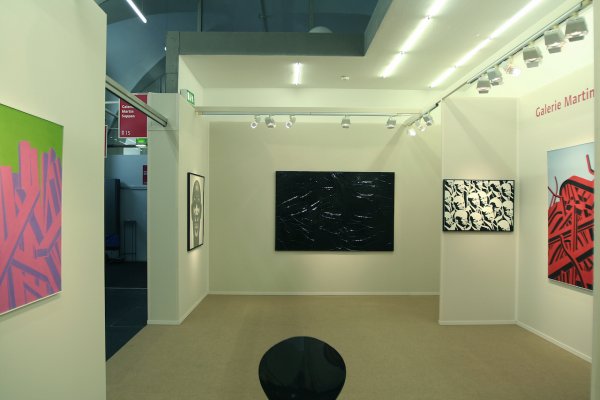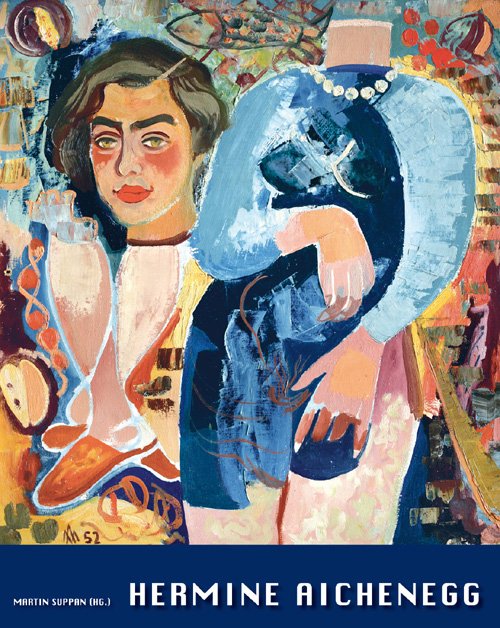Hermine Aichenegg
Narrative density and grand compositions, illustrations of reality and history and skilful impressions and still lifes of places and times in her life all characterise the extensive oeuvre of the Viennese artist. With a focus on precise watercolours and, first and foremost, on her painted novellas, which show a kinship to Marc Chagall's pictorial lust, for example, the exhibition reassesses the significance of this artist and the refreshing impression her work makes on its audience.
70 paintings and works on paper provide a coherent overview of her oeuvre in this show.
The painter Hermine Aichenegg, born in Vienna in 1915, received her first prize for a poster after studying at the Graphische Lehr- und Versuchsanstalt in 1933, worked as a graphic artist and was able to make a living with it. Her true love, however, belonged to painting, even though she was still regarded disdainfully as an artistically active woman at the time. Her mentor, the legendary Viennese city councillor for culture Viktor Matejka, recognised her talent and invited her to participate in the first exhibition after the World War in autumn 1945.
In addition to exhibitions at the Künstlerhaus, the Hagenbund and the Secession, where she was a member until the end of her life, her training as a fresco, sgraffito and mosaic artist earned her numerous commissions from the Cultural Office of the City of Vienna from 1949 onwards, and she thus had a decisive influence on the design of Vienna's public buildings. The fact that she was the only female participant in the 1951 Sao Paulo Biennale shows both her status among contemporaries and her will to assert herself against solid social restrictions. Public purchases and commissions from the Provinces of Lower Austria and Burgenland secured her income. In 1955 she participated in the Secession exhibition in Darmstadt and in the same year in the Vienna Festival exhibition Paul Klee. The Vienna Secession - Two Generations. In 1956, 1965 and 1970 her work was shown at the Secession as part of personal exhibitions. The last time she appeared there was in 2003 in the project Stand-In by the media artist Joke Robaard at 'Session I' together with Dorit Magreiter and Heimo Zobernig. The artist died in 2007, leaving behind a considerable oeuvre.
Works by Hermine Aichenegg can be found in the collection of the Cultural Department of the City of Vienna - MUSA, the Artothek of the Federal Government, the Lower Austrian State Museum and in numerous private collections.
private collections.
In 2008, the monograph "Hermine Aichenegg (1915-2007). Malerin des Aufbruchs " was published and edited by Martin Suppan. In the course of an exhibition, the monograph and some of Aichenegg's works were presented at Palais Coburg from 28.10 - 25.11.2008. The monograph can be purchased in our Onlineshop.
Works
-

Hermine Aichenegg
Akrobaten und Tänzer, 1976/2000
oil on wood
54,5 x 64,5 cm -

Hermine Aichenegg
Cellistin, 1971
oil and kitt on wood
149,5 x 106,5 cm -

Hermine Aichenegg
Extraversion, 1965
oil and kitt on wood
110 x 85 cm -

Hermine Aichenegg
Rote Nonne, 1961
oil, resin and kitt on wood
73 x 65 cm -

Hermine Aichenegg
Frau in der Küche, 1959
oil on wood
101,5 x 74 cm -

Hermine Aichenegg
Im Palmenhaus, ca. 1957
oil on wood
171 x 130 cm -
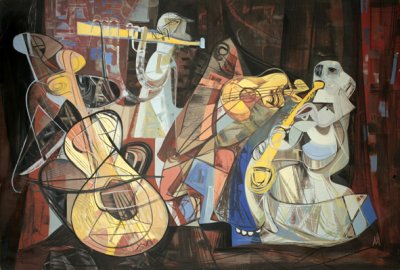
Hermine Aichenegg
Das Quartett, 1956
oil on wood
115,5 x 171 cm -

Hermine Aichenegg
Kaffeehaus, 1955
tempera on wood
45,5 x 57 cm -

Hermine Aichenegg
Farbige, before 1955
oil on wood
129,5 x 85,5 cm -

Hermine Aichenegg
Fragmentiertes Ich, 1952
oil on wood
70 x 65 cm -

Hermine Aichenegg
Figurale Abstraktion, ca. 1950
gouache and pencil on paper
28,2 x 41,7 cm -

Hermine Aichenegg
Selbstbildnis an der Staffelei, 1948
oil on canvas
80 x 60 cm

